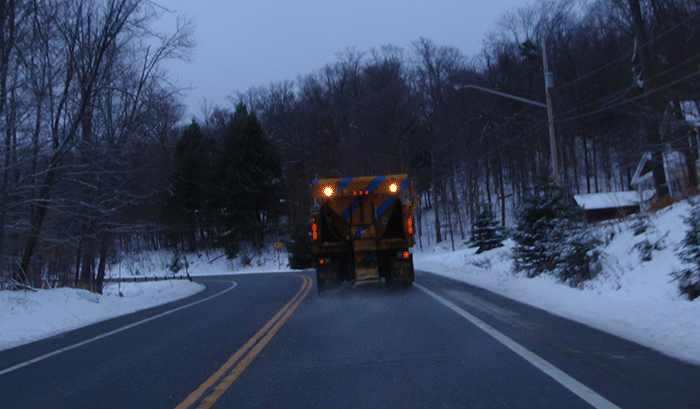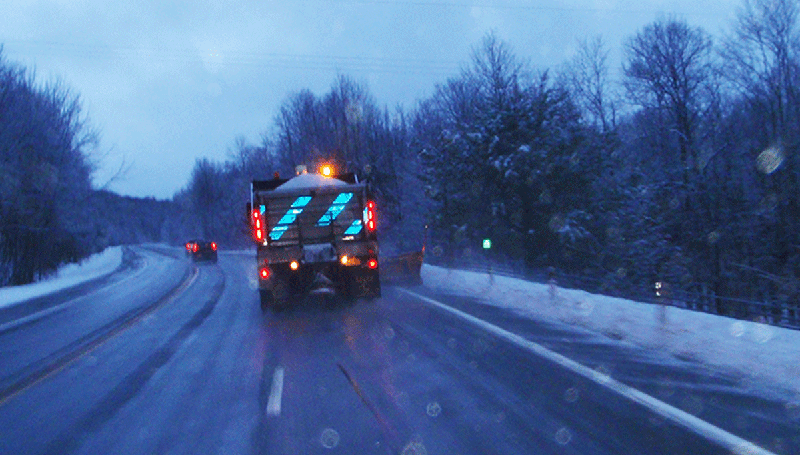Long delayed and overdue report needs to be released before new 2023-24 winter and road salt season begins.
Protect the Adirondacks today called for Governor Kathy Hochul to release the long stalled Adirondack Road Salt Reduction Task Force report. In December 2020, the Randy Preston Road Salt Reduction Act was signed into law, creating the Adirondack Road Salt Reduction Task Force. The Task Force was organized in 2021, led by Department of Environmental Conservation (DEC) and Department of Transportation (DOT), and completed its deliberations by late 2022. As a new winter and road salt season approaches there has been no news or public information about the report, which has apparently been drafted for months.
Salt pollution is well documented in a number of Adirondack lakes. Lake George has seen a tripling of salt pollution in the last three decades. Many other lakes, from Blue Mountain Lake to Lower Saranac Lake to White Lake to the Caroga Lakes are experiencing salt pollution. A recent study found dozens of residential private wells polluted and contaminated by salt.
“It’s intolerable that many of the Adirondack Park’s grandest lakes are polluted by road salt. The intolerable shouldn’t be tolerated. The Adirondack Road Salt Reduction Task has had enough time. Adirondack communities must not be made to continue to wait another winter and continue to endure salt pollution as usual with no action,” said Peter Bauer, Executive Director of Protect the Adirondacks. “We urge Governor Hochul to demand that the Adirondack Road Salt Reduction Task report is finalized and released as soon as possible.”
Salt pollution in Adirondack waters is unquestioned. Across the Adirondacks, it is estimated that 193,000 tons of salt are put down on state and local roads each winter, about 110,000 tons on state roads alone. The NYS DOT applies on average over 23 tons of salt per lane kilometer on state roads annually.
The data from various long-term research projects has proved the case and shown the impacts of road salt pollution to Adirondack waters. Protect the Adirondacks and the Paul Smith’s College Adirondack Watershed Institute are in their 26th year of a partnership monitoring lakes and ponds across the Adirondack Park through the Adirondack Lake Assessment Program (ALAP). This program has compiled a long-term dataset of over 70 lakes that is invaluable because it provides 25-year trend lines about the water quality of many major representative lakes and ponds across the Adirondacks. ALAP is a key source of road salt pollution data in the Adirondack Park along with the Lake George Association (LGA)/RPI Darrin Fresh Water Institute’s long-term study of Lake George.
Click here to read letter sent to Governor Hochul.
Read news reports on WAMC Northeast Public Radio, the Adirondack Explorer, Spectrum News, and the Sun Community News.







